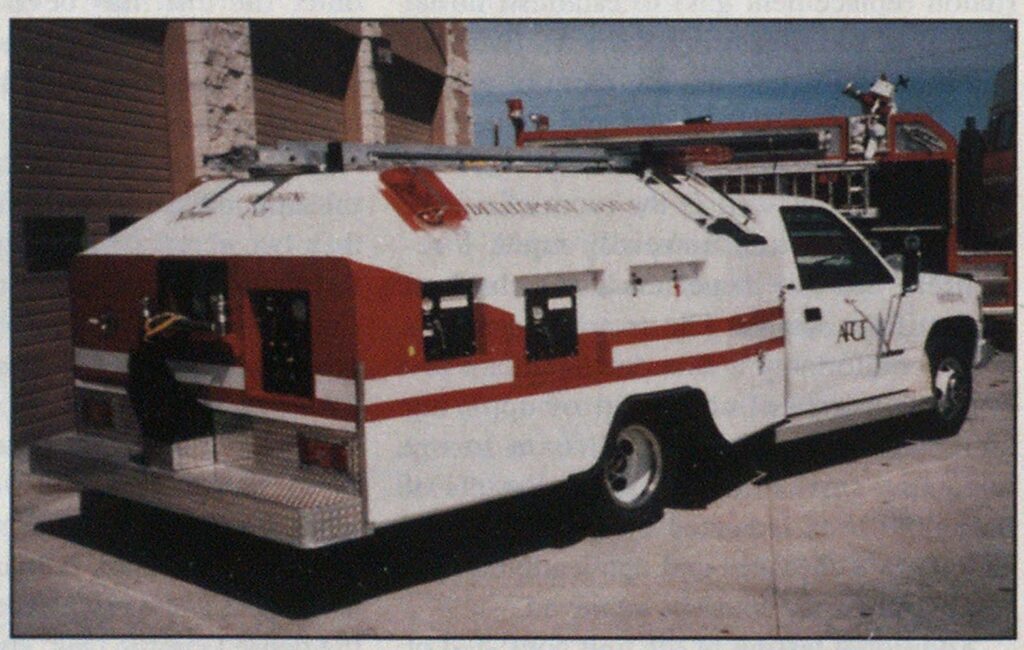
21st-Century Fire Service: Paradigm Shift and Culture Change
Culture change can be difficult, disheartening, and traumatic. It is particularly difficult for the fire service. Changes in firefighting technology—even progressive and innov4ative technologies—are difficult to accept.
American business and industry saw the need for a culture change to remain competitive—its leaders saw foreign competition’s increased share of the world market. The fire service, too, is experiencing a culture change as certain realities, economic and otherwise, come to bear. The concept of Total Quality Management (TQM), for example, is gaining acceptance in the fire and emergency services. However, it may take several years for us to really achieve a total paradigm shift to TQM.
In fact, history is rife with examples of how long the fire service takes to implement change-decades in some cases. Our heritage is rich with stories of “the old days,” when horses hauled steam pumpers to the fire, and of the culture shock of motor-driven fire engines. But there are also many examples in our own time of the fire service’s being slow to carry out change— protective clothing, breathing apparatus, encapsulating suits, new firefighting agents, computers…. The list is long. Recently, for example, a well-known municipal fire department outfitted its personnel with bunker pants. Talk about a long time in making a culture change! And how about fully enclosed cabs? The concept has been around for years. Remember the Seagrave Sedan pumpers in Detroit developed in the 1930s? Yet some departments continued to order open-cab pumpers four decades later.
1 located a 1928 Pirsch pumper in Monroe. Wisconsin, during my vacation this year. The Monroe Fire Department restored the pumper to its original condition. It is truly a unique apparatus—the first fire apparatus built in the U.S. with an enclosed cab. History has it that Fire Chief Jacob Blumer contacted the Pirsch Company to discuss the purchase of two fire trucks. Chief Blumer told Peter Pirsch that if he wanted to sell him the trucks, “there had to be a cab designed for the pumper truck.” Monroe firefighters had had enough chasing to rural fires in below-zero weather.
Pirsch. on hearing this, threw up his hands at the suggestion, and told Chief Blumer that “the placement of the pump was impractical with doors on the cab.” Yet Pirsch, realizing the importance of customer satisfaction, set out to meet the requirements. He contacted the Stoughton Wagon Company for help. The Stoughton engineers designed and manufactured a custom cab: and in the summer of 1928, the Monroe Fire Department received delivery of a 600gpni pumper with an enclosed threeman cab. A culture change in the fire service! Considerable progress in firefighting technology has been made over the past 20 years. New technology constantly is improving our capabilities to protect life and property. The Raven Rapid Intervention System expands the twin-agent concept developed by the Navy in the early 1960s. It provides rapid response to and extinguishment of a variety of fire types. I reviewed several videotapes of fires extinguished by this tri-agent unit. The Raven easily extinguished structural fires in a few seconds. I saw the operation firsthand at a demonstration fire at Ft. Belvoir, Virginia, in November 1993. The ability to extinguish a large structure fire in a matter of seconds was impressive.
I consider this tri-agent system to be 21st-century fire suppression technology, and 1 invite members of the fire service to consider without fear a new technology that may be at the forefront of culture change.




